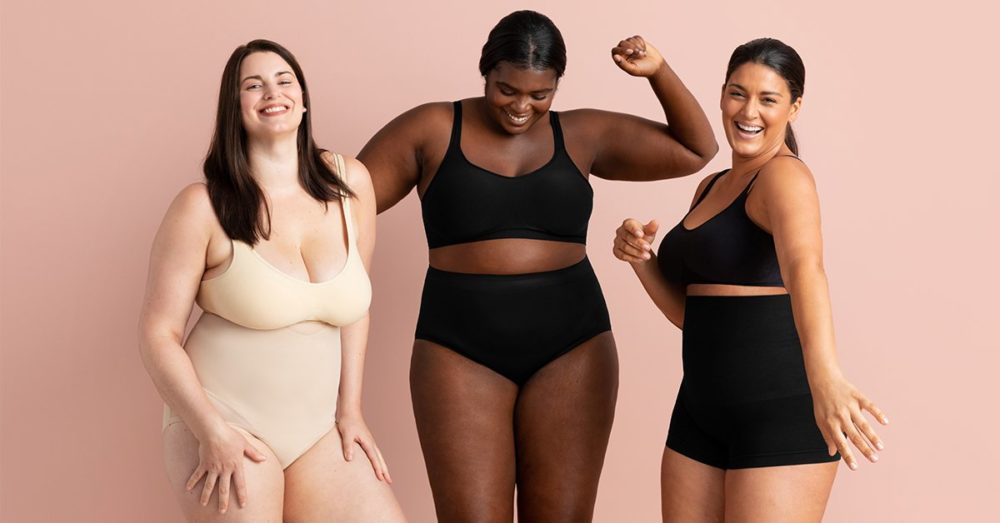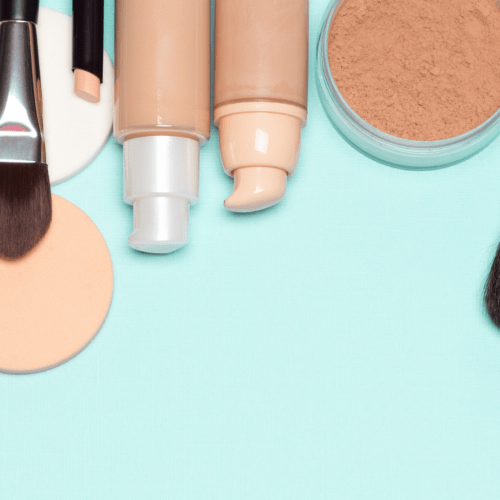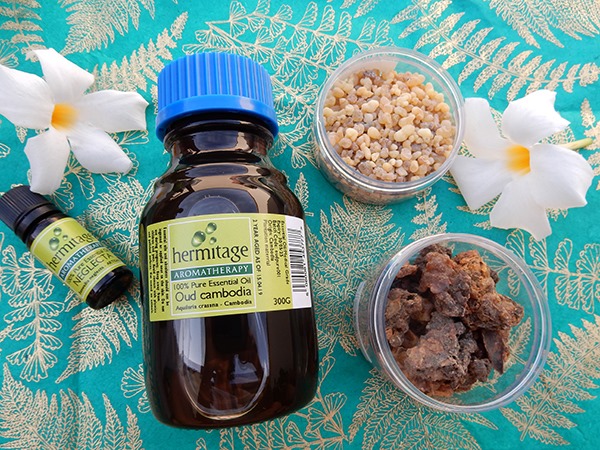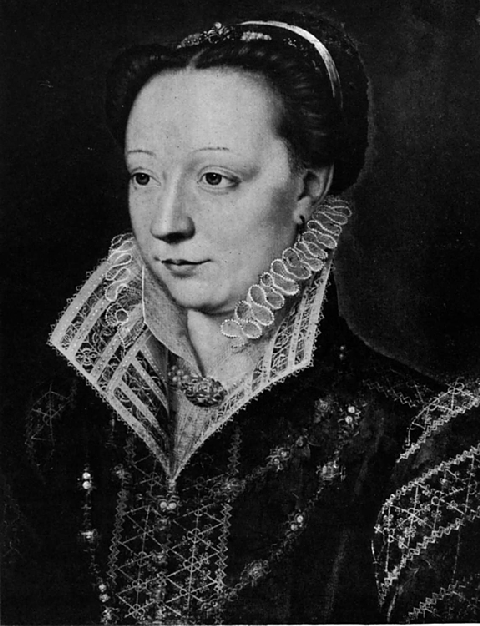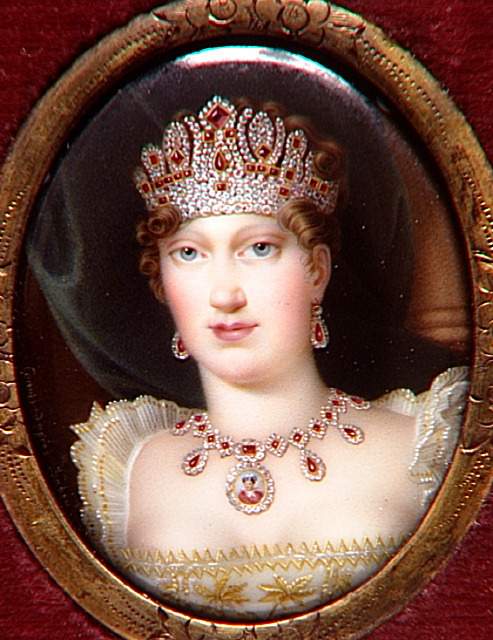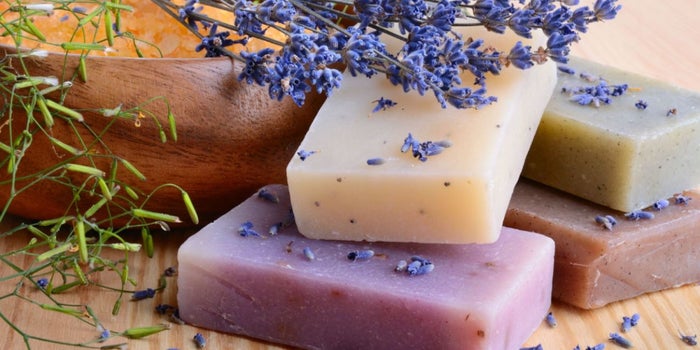In almost all ancient civilizations, big was beautiful. Women with grandiose hips, pillow-like bellies, and abundant bosoms were idolized, by the Romans, the Grecians, and even the Paleolithic Europeans. More flesh at the right places meant fertility.
How the plus size was a fertility sign in Ancient times
Fertility was surely important at a time when people mostly died of war, food shortages, and pestilence, and the average life expectancy maxed out at forty years. Even a few hundred years ago, artists like Peter Paul Rubens liked their women well endowed. Women in real life till the end of the 1800s liked to exaggerate their assets through their gowns, nipping in only the waist.
Famous designers, abut the ideal female figure – Slim size

And then came Coco Chanel and the “flapper” style of the early decades of the 20th century, and suddenly, thin was in. The likes of Paul Poiret, Mary Quant, and Andre Courreges ushered in the stick-thin ideal, inspired mostly by the spirituality, reverence, and awe associated with slim, tall, and long-torso figures of Christian saints and Byzantine icons.
These designers wanted fashion and clothing to have an otherworldly grace, and the ideal figure of thinness got superimposed on the existing concept of beauty. Despite a revival of curvaceous-ness in the 1930s and then again in the 1950s with Marilyn Monroe, the ideal female figure remained slim, and in the nineties became epitomized in the pre-pubescent looks of the likes of Kate Moss.
Fashion magazines and photographers, in search for slim&undersized women
It is true that it is more difficult to get clothes to fall right on a rounded woman like Jennifer Lopez, Kate Winslet, or Beyonce, and thus the fashion stylist’s search for emaciated, undersized models. Fashion photographers and designers hawk clothes. For them, the clothes have to supersede the wearer and become the object of desire, not the body inside. Moreover, all the skinny women figure in women’s magazines, not in men’s pin-ups. Add to that the fact that everyone looks a little wider on the lens than they do in real life, and you have the logic for thin models.
Most women in the twentieth century fell for this ethereal image that denies a woman her earthy femininity and makes of her an ethereal waif. This image was fed by the fad diet and beauty industry worth billions, and women and even girls barely in their teens bought into it. In an age where life expectancy spiraled into the ’90s a woman’s fertility and hence her girth was no longer considered a priority.
Western World – Only rich women had access to diets in the western world

What is more, it is the rich in the Western world that had access to diets, to organically grown food, to health spas, trainers, and gymnasiums. The relatively poor brought up on a combination of calorie-rich food and sedentary lifestyle usually could not afford to be as thin.
At this point, it may be useful to mention that most of the aristocratic women in Peter Paul Rubens’s time were rather large and so large was the norm for beauty. The less privileged women portrayed in the paintings of Vermeer were not so well-fleshed: slim meant poor at the time.
But at the end of the 20th century, it was the rich and powerful that could be thin and chiseled, so slim became the accepted standard of female beauty: slim meant rich. And women stepped with this baggage into the 21st century.
Interestingly, throughout these ups and downs in the world of fashion through the last century, where thin was more in fashion than out, curvy women have remained the constant theme of men’s fantasies. Look at Playboy, and there has never been a stick-thin, skin-and-bones woman in sight.
Curvy women are still much more attractive to men than the model-shaped ones – Fashion aspects from well known-stars
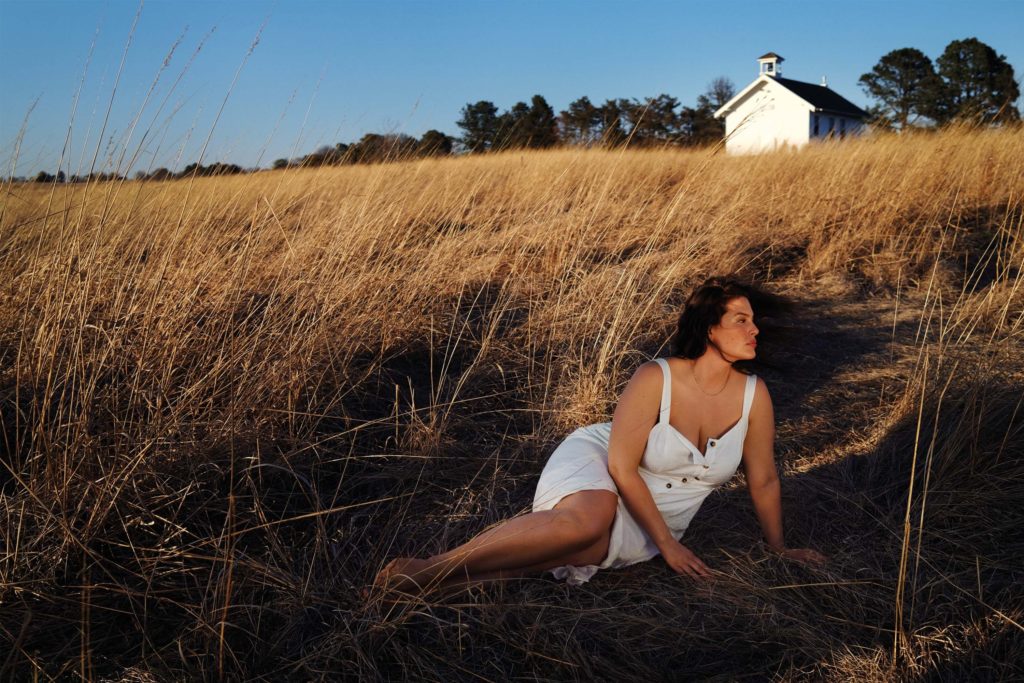
Thin has been fashionable, but rarely has it been sexy. Men still prefer their women curved at all the right places. And what men rarely accept in public is that a lot of them are not averse to much, much more than curves.
A lot of men found Renée Zellwegger in her avatar as the plump Bridget Jones is much more attractive than her skinny figure in Jerry Maguire. And one suspects that the Britney Spears saga only took on added spice when she put on a few kilos. Moreover, this year there has been a turnaround in the world of fashion, with ramps in Brazil and Italy refusing to admit underweight models. Curves are back in. Women like Manuela Arcuri and Valeria Marini are increasingly becoming mainstream in terms of ideal body types and brands are growing the clothing sizes for everyone to have access.
But beyond these women that are well endowed, are those that are abundant. There is now a new breed of beauty that is not ashamed of being big. They freely express their souls and their desires in their daily lives and refuse to be closeted and banished just because of their size.
Big women beauty pageants have begun to come up, and big women have begun to prove that spaghetti-strapped tops and low-cut jeans are not for the extra-slim alone. Jean-Paul Gaultier put a woman Italian size 50 on the ramp for his thirtieth-anniversary celebration last October. Even in Italy where the fashion fraternity usually stays shy of bigger sizes on their clothes racks, there is a new acceptance of women who are not ashamed of earthy, well-rounded shapes.
The naturality is much more promoted nowadays – True beauty cannot be measured by a scale

The stick-thin models that feature in magazines form about 1% of the population and people have begun to realize that it is time we celebrated the real women. The real women in Italy are not found in fashion magazines. We see them all around us, in their natural form without any artificial additions or subtractions, in all sorts of shapes and sizes on piazzas and streets, in trams, trains, and restaurants. And most of them cut a bella figura, they are some of the most beautiful women in the world. They are also mostly women of substance, their beauty cannot be measured on the weighing scale.
A positive acceptance of a big body image is meant to bring out that facet of women which bestows on them the most beauty and which most of them, unfortunately, lack: confidence. Confidence in their own innate beauty to reject norms governed by the weighing scale, confidence in being evaluated for what they can do, not merely for how they look. This is a difficult step for women who have always been judged more by appearances than their male counterparts.
The confidence among the plus sized women is becoming bigger as the time passes
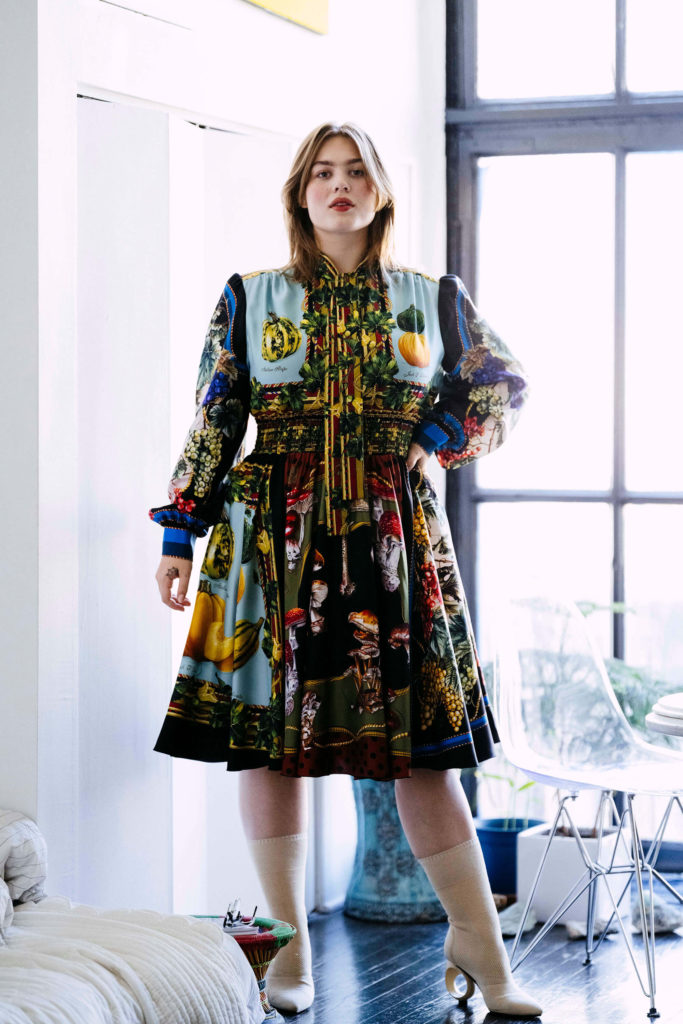
A word of warning: through all this one must not lose sight of the fact that while being curvy and confident is great, one needs to be careful of the reverse swing. Just as stick-thin is unhealthy, so is obesity; to say anything else is to fly in the face of medical opinion. Yes, we need to see beauty wherever it is, but let us not make as much of an obsession on big as we now have on small. Healthy, balanced, and natural in whatever size has always been beautiful, and always will be.
In conclusion, a confident, graceful big woman comfortable in her skin is much more attractive than a slim woman who lacks confidence. Let us welcome the tangible sensuality of the big woman and give her the confidence she deserves. Confidence is beautiful, confidence is also sexy, no matter the size or shape of the woman. So yes, it has been almost a century of the small being beautiful. Now it is time to see that big can be beautiful, too.
By Damyanti Ghosh

